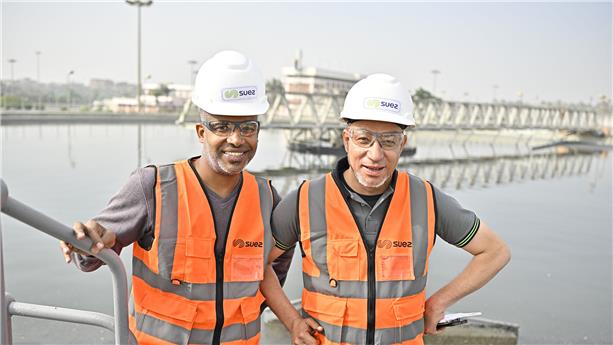These are the words of Laurent Cathala, mayor of Créteil, expressing his pride in a project he describes as particularly “innovative and bold”. The first installations will be operational by 2023. Processing capacity will be expanded to recover even more waste – 345,000 tonnes a year – and convert it into green electricity at the same price as normal electricity for the SMITDUVM member municipalities, or into heat for Créteil residents. Not forgetting the installation of a carbon sink that uses microalgae to capture CO2 and convert it into biomethane for use in the gas network; hydrogen production to fuel clean vehicles, a first in France; the reduction of NOx emissions to less than 50 mg/Nm3 and the use of river transport to limit truck journeys, with a transfer quay in Champigny-sur-Marne.
A commitment to workplace integration
What’s more, SUEZ is planning to build an urban greenhouse covering 4,500 m2, heated directly by the waste-to-energy plant, to grow tomatoes that will be sold locally – a 100% circular community initiative! Working with the Val-de-Marne branch of the Maison pour Rebondir programme, created by SUEZ and dedicated to social innovation and employment, this new type of greenhouse will generate six jobs. The icing on the cake is that it will offer educational opportunities for as many people as possible, acting as a benchmark for awareness of sustainable development in urban settings on the scale of Greater Paris.
Who could have imagined, just a few years ago, that it would be possible to breathe better, drive cleaner, heat our homes and eat better thanks to waste? A project that deserves to be watched closely…

